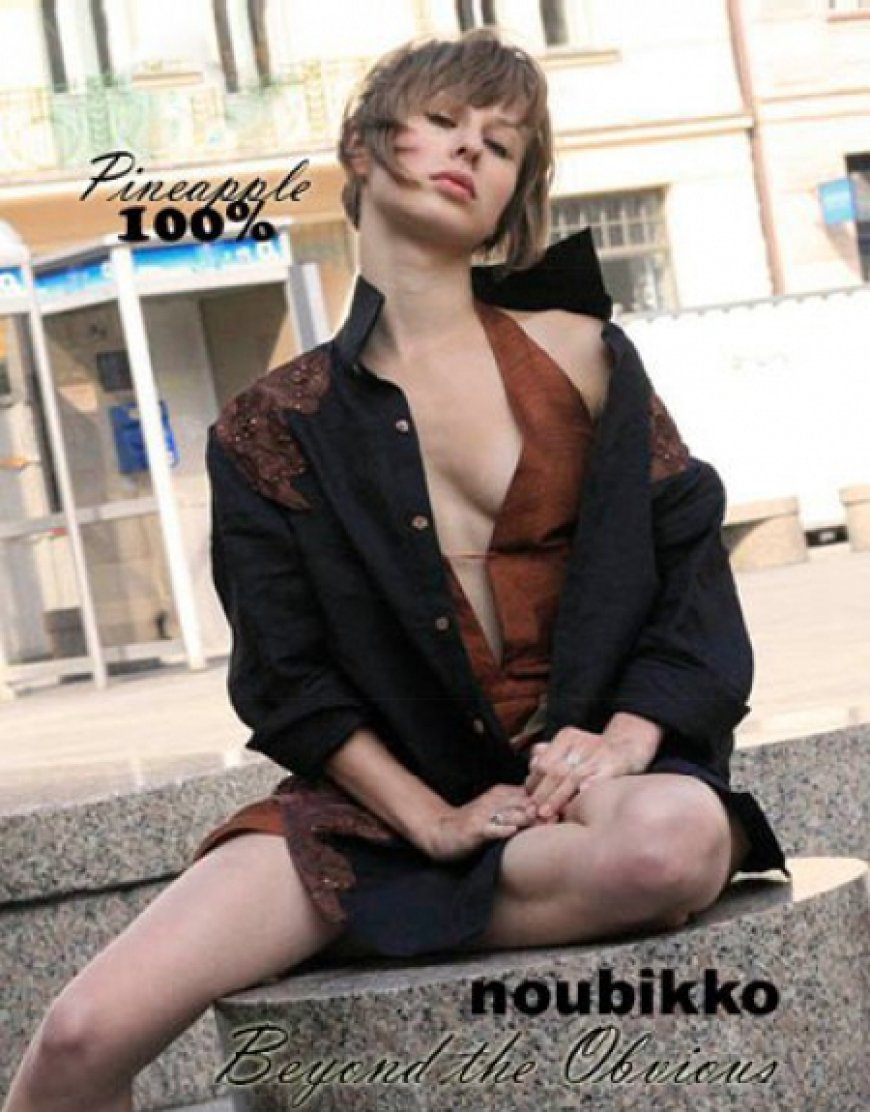The man in the shadows
IN painting, "chiaroscuro" means the effect created when light and shadow are contrasted. This leads to light falling unevenly, or from a particular direction on something.In the life of the controversial Filipino painter Juan Luna, the shadows overtook the light. He was a great 19th-century painter, but will also go down in history as the jealous husband who shot and killed his wife and mother-in-law.Maria de la Paz Pardo de Tavera y Gorricho was a Philippine mestiza and the wife of Juan Luna. She had two children with Luna: Andrés and María de la Paz, though the latter died when she was 3 years old.We can see the characters through the eyes of Jose Rizal. Doña Juliana Gorricho opened her house in Paris to young intellectuals, artists, and writers. The idealistic ilustrados who called themselves "Los Indios Bravos" included Graciano Lopez Jaena, Pedro Paterno, Felix Resurreción Hidalgo, Juan and Antonio Luna, and Jose Rizal.Rizal enjoyed these gatherings and described Doña Juliana "as very Filipino in everything" and Paz as "very amiable, and also very Filipino. She dresses with much elegance and in her movements and manner of looking she ... is beautiful and svelte..."Although born in the Philippines, Paz and her family moved to Paris sometime after the death of her father, Félix, in 1864. Luna's painting "Spoliarium" had just won the gold medal at the 1884 National Exposition of Fine Arts in Madrid, the first of three first-class gold medals for the painting that year. He was the toast of the art world in Madrid, Paris, and Rome. Even Rizal gave a toast (brindis) to the victory of Luna — as well as Felix Resurrection Hidalgo — in a banquet in honor of the triumphant Filipino artists and of racial equality.Juan called Paz "the love of my life;" evidence showed she loved him back, despite the reservations of her family. The happy young couple went on a honeymoon in Venice and Rome. They chose to live in Paris, then and now a cultural magnet for artists.On Dec. 7, 1886, Paz and Luna were married in Paris. But despite his fame, Luna was "impecunious," said Trinidad. He was unable to support his family comfortably, so Doña Juliana gave them 500 francs every month. Trinidad added that Luna was asking regularly for financial help.Juan and Paz were a postcard-picture of happiness in the early years that they were together. Paz bore a son, Andres, who would later become an important architect in the early 20th-century Philippines.Things turned gray when Monsieur Dussaq arrived. Four years after they got married, cracks began to appear in the relationship of Juan and Paz. The men in the Luna family did not have the cool light of their namesake, the moon. Rather, their tempers blazed forth like the summer sun — especially when triggered by anger and jealousy.In the early months of 1896, Paz told Juan that she had met a doctor in Mont-Dore, a spa resort on Mount Dore in central France. There, she had brought their sick son, Andres, to recuperate. Paz said that the man was charming and a good conversationalist; she talked about him with fondness but only as a friend. The man was Monsieur Dussaq, 45 years old, president of the Havana Chamber of Commerce and Knight of the Legion of Honor.The black wings began to flit in the mind of Juan. Paranoia filled his every waking hour. He could no longer paint, could no longer admire the changing colors of the light in Paris. On Sept. 4, 1892, Dussaq visited the house of Juan Luna; he wanted to see Paz. The fiery Juan flew into a rage. He slammed the door and screamed at Paz.He said that harm would fall on her if she continued entertaining other men, especially Dussaq. When later, Juan charged her with infidelity, Paz denied everything. But Juan began beating her up until "her back was but a wound." Not content with leaving her black and blue, he also burnt her clothes. The frightened Paz fled and sought refuge at an atelier in Villa Dupont.The family of Paz sought divorce and child custody, but Luna refused. He also demanded a duel of honor with Dussaq.But the green eyes of jealousy could no longer be shut. Juan followed Paz and found out that she went to the house where Dussaq also visited. This convinced Juan that she was having an affair. He returned to the house the next day, destroyed the door, and beat her up with his cane.Fortunately, Doña Juliana, the mother of Paz, heard her daughter's cries and swiftly summoned her sons, Trinidad and Felix, to protect Paz from Juan's rage. Juan then threatened to shoot all of them with his revolver.Paz finally told her mother that she could "no longer tolerate my life with this man" and hated him "with all my soul." Doña Juliana's message to her sons the day before her death read like this: "Come save your sister. Her husband wants to kill her."To be continued

IN painting, "chiaroscuro" means the effect created when light and shadow are contrasted. This leads to light falling unevenly, or from a particular direction on something.
In the life of the controversial Filipino painter Juan Luna, the shadows overtook the light. He was a great 19th-century painter, but will also go down in history as the jealous husband who shot and killed his wife and mother-in-law.
Maria de la Paz Pardo de Tavera y Gorricho was a Philippine mestiza and the wife of Juan Luna. She had two children with Luna: Andrés and María de la Paz, though the latter died when she was 3 years old.
We can see the characters through the eyes of Jose Rizal. Doña Juliana Gorricho opened her house in Paris to young intellectuals, artists, and writers. The idealistic ilustrados who called themselves "Los Indios Bravos" included Graciano Lopez Jaena, Pedro Paterno, Felix Resurreción Hidalgo, Juan and Antonio Luna, and Jose Rizal.
Rizal enjoyed these gatherings and described Doña Juliana "as very Filipino in everything" and Paz as "very amiable, and also very Filipino. She dresses with much elegance and in her movements and manner of looking she ... is beautiful and svelte..."
Although born in the Philippines, Paz and her family moved to Paris sometime after the death of her father, Félix, in 1864. Luna's painting "Spoliarium" had just won the gold medal at the 1884 National Exposition of Fine Arts in Madrid, the first of three first-class gold medals for the painting that year. He was the toast of the art world in Madrid, Paris, and Rome. Even Rizal gave a toast (brindis) to the victory of Luna — as well as Felix Resurrection Hidalgo — in a banquet in honor of the triumphant Filipino artists and of racial equality.
Juan called Paz "the love of my life;" evidence showed she loved him back, despite the reservations of her family. The happy young couple went on a honeymoon in Venice and Rome. They chose to live in Paris, then and now a cultural magnet for artists.
On Dec. 7, 1886, Paz and Luna were married in Paris. But despite his fame, Luna was "impecunious," said Trinidad. He was unable to support his family comfortably, so Doña Juliana gave them 500 francs every month. Trinidad added that Luna was asking regularly for financial help.
Juan and Paz were a postcard-picture of happiness in the early years that they were together. Paz bore a son, Andres, who would later become an important architect in the early 20th-century Philippines.
Things turned gray when Monsieur Dussaq arrived. Four years after they got married, cracks began to appear in the relationship of Juan and Paz. The men in the Luna family did not have the cool light of their namesake, the moon. Rather, their tempers blazed forth like the summer sun — especially when triggered by anger and jealousy.
In the early months of 1896, Paz told Juan that she had met a doctor in Mont-Dore, a spa resort on Mount Dore in central France. There, she had brought their sick son, Andres, to recuperate. Paz said that the man was charming and a good conversationalist; she talked about him with fondness but only as a friend. The man was Monsieur Dussaq, 45 years old, president of the Havana Chamber of Commerce and Knight of the Legion of Honor.
The black wings began to flit in the mind of Juan. Paranoia filled his every waking hour. He could no longer paint, could no longer admire the changing colors of the light in Paris. On Sept. 4, 1892, Dussaq visited the house of Juan Luna; he wanted to see Paz. The fiery Juan flew into a rage. He slammed the door and screamed at Paz.
He said that harm would fall on her if she continued entertaining other men, especially Dussaq. When later, Juan charged her with infidelity, Paz denied everything. But Juan began beating her up until "her back was but a wound." Not content with leaving her black and blue, he also burnt her clothes. The frightened Paz fled and sought refuge at an atelier in Villa Dupont.
The family of Paz sought divorce and child custody, but Luna refused. He also demanded a duel of honor with Dussaq.
But the green eyes of jealousy could no longer be shut. Juan followed Paz and found out that she went to the house where Dussaq also visited. This convinced Juan that she was having an affair. He returned to the house the next day, destroyed the door, and beat her up with his cane.
Fortunately, Doña Juliana, the mother of Paz, heard her daughter's cries and swiftly summoned her sons, Trinidad and Felix, to protect Paz from Juan's rage. Juan then threatened to shoot all of them with his revolver.
Paz finally told her mother that she could "no longer tolerate my life with this man" and hated him "with all my soul." Doña Juliana's message to her sons the day before her death read like this: "Come save your sister. Her husband wants to kill her."
To be continued
















